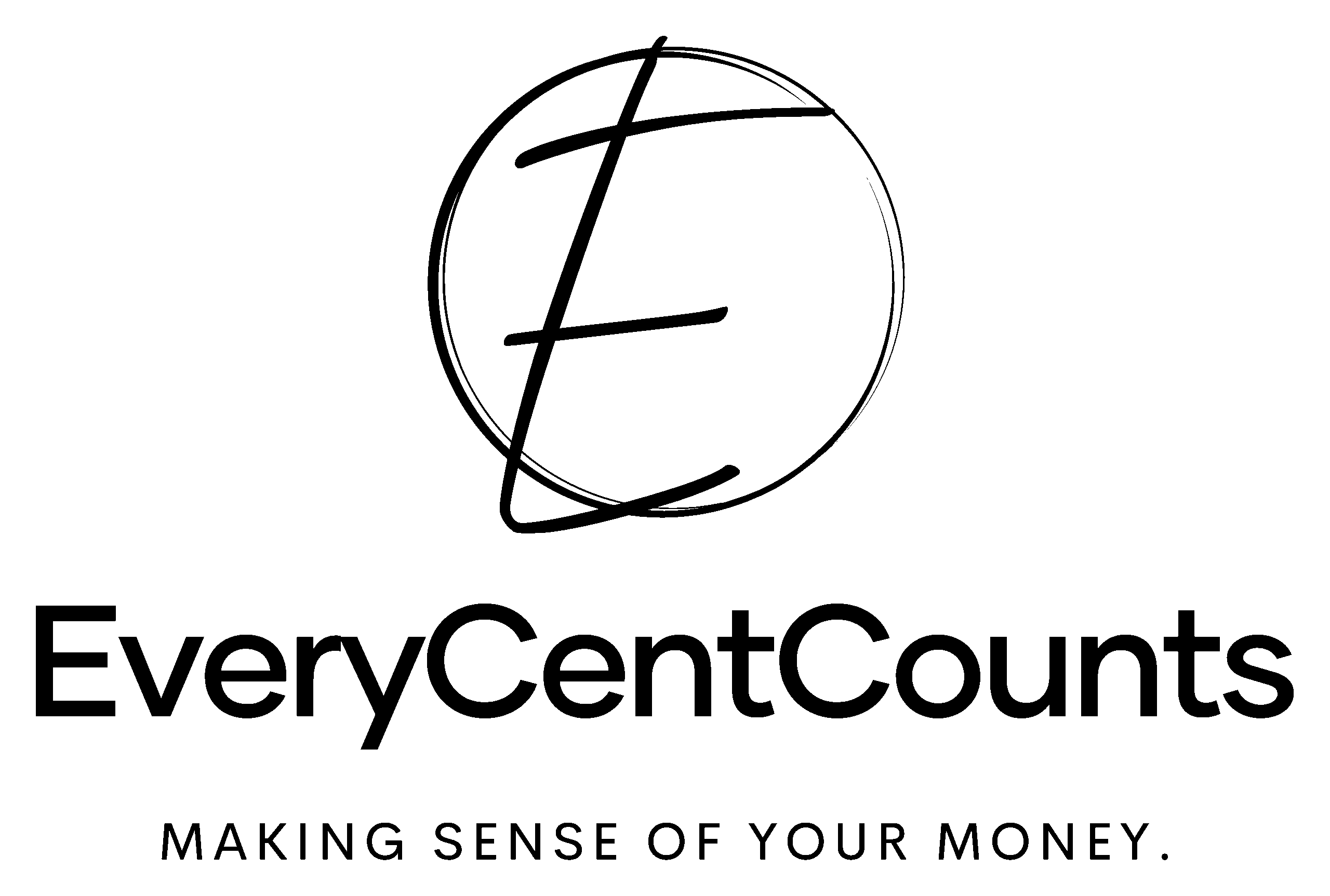Smart Budgeting for Aspiring Entrepreneurs
Starting a business fresh out of college is an exciting venture, but managing your budget wisely can make or break your success. Below is a streamlined budget breakdown to help you allocate your funds effectively. This guide assumes limited resources common to new graduates and focuses on maximizing every dollar.
-
Startup Costs (20-30%)
These are the initial one-time expenses needed to launch your business, such as equipment, licenses, website creation, branding, and initial inventory.
Justification: As a new business owner, you’ll need to invest in foundational elements to get your operation up and running.
-
Operating Expenses (30-35%)
This includes ongoing costs like rent, utilities, software subscriptions, supplies, and other essentials to keep the business running smoothly.
Justification: Efficiently managing these recurring costs ensures that your business remains functional and sustainable over the long term.
-
Marketing and Customer Acquisition (15-20%)
This budget covers expenses like social media ads, email marketing, promotions, and other strategies to attract customers to your fledgling business.
Justification: Customer acquisition is crucial in the early stages. Without customers, there’s no revenue, so marketing is a critical investment.
-
Savings and Contingency Fund (10-15%)
Set aside money for unexpected expenses, emergencies, or opportunities. This is your financial safety net.
Justification: Entrepreneurship is unpredictable, so a contingency fund protects you from surprises and reduces stress.
-
Personal Income (10-15%)
As a business owner, you still need to pay yourself, even if modestly. This category ensures you can cover personal expenses while you grow your business.
Justification: A sustainable business requires you to stay financially stable personally, even if you reinvest the majority of profits back into the business.
A Practical Example
If you’re working with a $10,000 budget:
- Startup Costs: $2,500 (25%)
- Operating Expenses: $3,000 (30%)
- Marketing: $1,500 (15%)
- Savings: $1,000 (10%)
- Personal Income: $2,000 (20%)
This 100% breakdown is just a starting point—you can adjust based on your industry and unique needs. Remember to revisit your budget regularly as your business grows to ensure it evolves with you.
